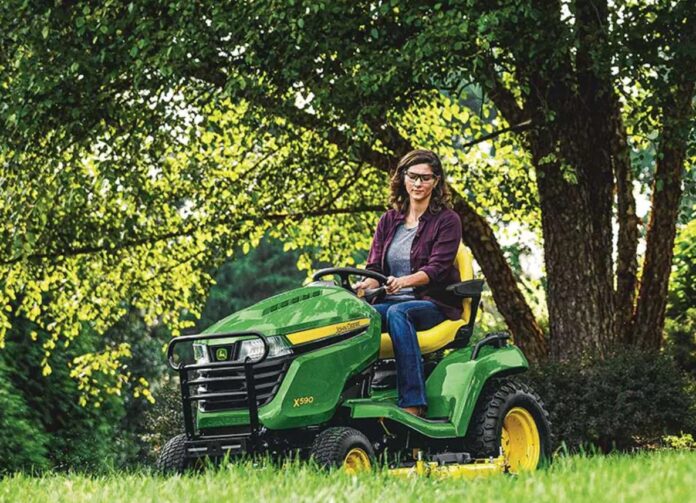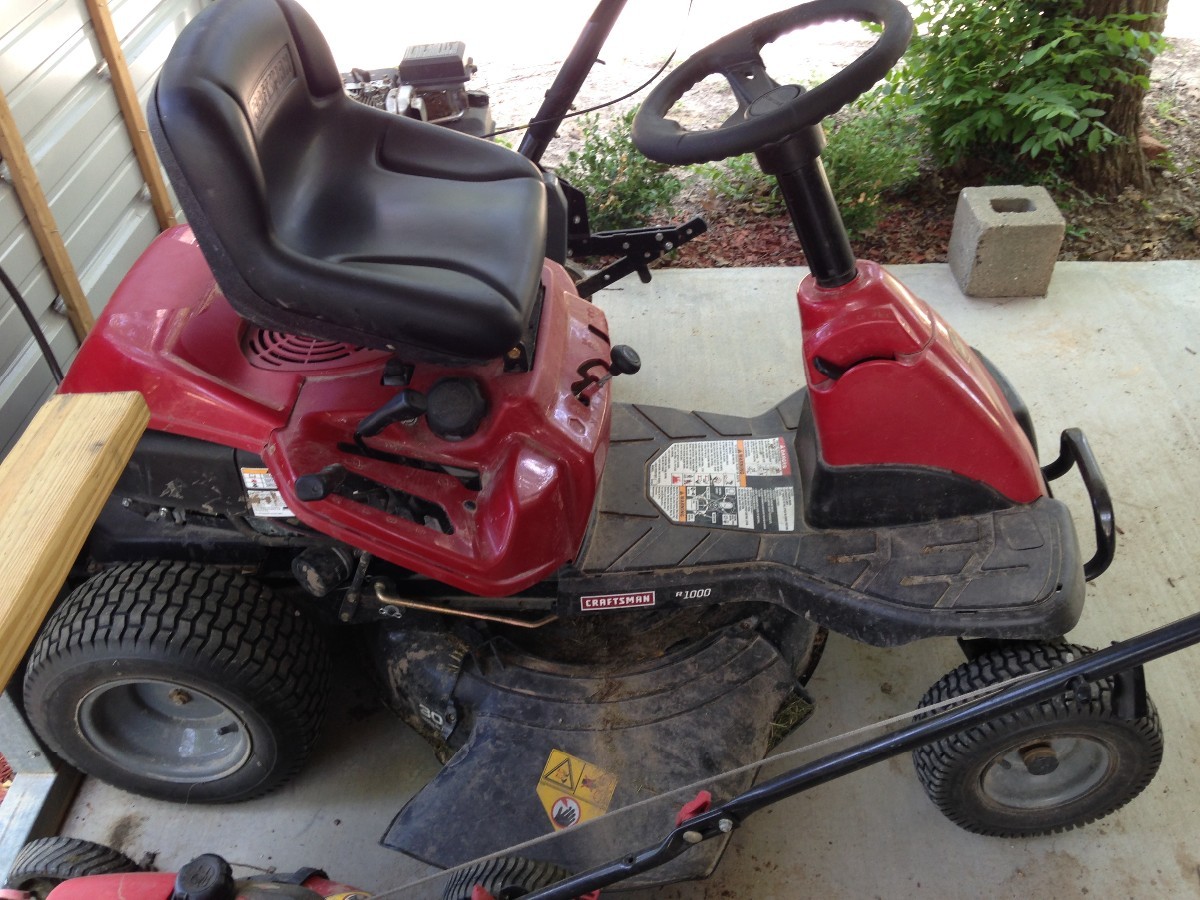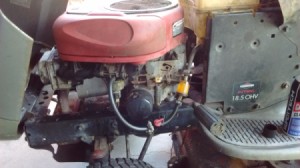

If the carburetor is blocked, you may need to use carburetor cleaning to clean it. Examine the fuel filter for clogged or damage, and replace it if required. To resolve this issue, you must first examine the fuel system for any problems. The mower will not work properly if the fuel pump is not properly providing fuel to the engine. The engine may stall or operate badly if the fuel filter or carburetor becomes blocked. You can notice a reduction of power or speed from the mower. If the air filter is broken or overly unclean, it should be replaced. Clean the air filter with compressed air or a soft brush if it is clogged with dirt and debris. To resolve this issue, clean or replace the air filter. When the air filter becomes clogged, it restricts airflow and causes engine issues. It will cause the mower’s exhaust to generate black smoke.

Smoke from ExhaustĪ clogged air filter might cause the engine to perform badly or fail to start at all. If the control rod is damaged, it must be replaced. To ensure that the control rod travels smoothly, you may need to lubricate it. If it isn’t, make the necessary adjustments until it is. To resolve this issue, verify the transmission control rod to ensure it is correctly aligned and attached. If it is misplaced or disconnected, the transmission will not work properly. The transmission control rod is in charge of controlling the transmission’s movement. The mower may not move when you move the transmission control lever forward or backward. If the axle is damaged, it must be replaced. Look for fractures, bends, or other noticeable damage on the axle. To resolve this issue, examine the drive axle for evidence of damage or wear. If the driving axle is damaged or destroyed, the mower will not move. The drive axle is in charge of sending power from the transmission to the wheels. A clicking or popping noise originating from the axle is also likely. When you activate the drive system, the engine works normally, but the mower does not move. If the transmission is damaged, it must be replaced. If the fluid level is low, add additional as directed by the manufacturer. Check the transmission fluid level and the hydraulic lines for leaks or obstructions. You must check the transmission for evidence of damage or wear.

As a result, the mower will be unable to move. Damaged Hydraulic Line or PumpĪ riding mower’s hydrostatic transmission uses hydraulic pressure to propel the mower forward or backward.Ī broken or blocked hydraulic line or a damaged pump might indicate a transmission problem. Reinstall the mower deck and the spark plug wire. Tighten the belt tensioner until the belt is snug and will not slip. Verify that the belt is correctly placed on each pulley. Consider how the old belt was coiled around the pulleys. To accomplish this, you may need to loosen the belt tensioner. Locate and gently remove the old drive belt from the pulleys.

This will make it easy to reach the drive belt. To prevent the mower from starting accidentally, disconnect the spark plug wire. To resolve this issue, you must replace the drive belt. The drive belt might become loose, broken, or worn over time, leading it to slip or break. The most typical reason for a riding mower not moving is a worn or torn drive belt. When you activate the drive system, you may also hear a screeching noise from the mower. The engine works OK when you engage the drive system, but the riding mower does not operate. Here are some of the symptoms of riding mower won’t go forward or reverse problem along with the solutions. Related Post: Riding Mower Leaving a Strip in the Middle (Reasons and Solutions) 6 Symptoms of Riding Mower Won’t Go Forward or Reverse (Easy Fixes Included) Other possible reasons of riding mower won’t go forward or reverse are blocked air filter and fuel system issues. This problem has also been linked to a faulty transmission control panel. The mower may not move if it is damaged or broken. The mower will not move if there is an issue with the transmission, such as a broken or blocked hydraulic line or a damaged pump.Ī malfunction with the mower’s driving axle is a third probable source of the problem. A problem with the drive belt is the most prevalent cause of this problem.Ī malfunctioning transmission is another possibility for the problem. There might be various reasons why your riding mower isn’t going forward or backward.


 0 kommentar(er)
0 kommentar(er)
